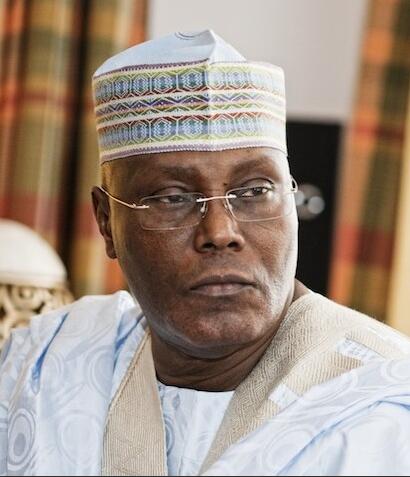Morocco Environment and Economy
(Al-Mamlakah al-Maghribīyah). State of Northwest Africa (442,311 km², excluding the area of Western Sahara). Capital: Rabat. Administrative division: regions (14). Population: 34,677,478 (2018 estimate). Language: Arabic (official), Berberdialects, French. Religion: Muslims (Sunni 99%, others 1%. Monetary unit: dirham (100 santimat). Human development index: 0.617 (129th place). Borders: Mediterranean Sea (N), Algeria (E and SE), Niger, Western Sahara (SW) (the latter, however, was entirely incorporated by Morocco, which thus borders on Mauritania; the annexation is however contested internationally) Atlantic ocean (W). Member of: EBRD, Arab League, OCI, UN, OAS observer, UA and WTO.
TERRITORY: ENVIRONMENT
Morocco belongs to the Mediterranean floristic region, although species missing in other regions of northern Africa grow there and instead are present in the Iberian Peninsula (eg thuja), or in the Canary Islands, which up to the Cenozoic formed a ‘ unique geomorphological entity. Beautiful forests are found on the humid outer slopes of the Atlas and on the Rif, where among other things the cedar grows; the shrubby steppe with herbaceous and grass species characterizes a large part of the country. Finally, in southern Morocco, Saharan or tropical species appear, such as acacias, bulbous plants (asphodel), grasses and dwarf palm; date palms are intensively cultivated in the desert oases. The wildlife of Morocco is very varied: both European and African species live here. Among the former we remember foxes, rabbits, wild boars, otters and squirrels; among the latter, gazelles, baboons, wild goats and vipers. The country’s spontaneous plant landscape has been profoundly altered by man, who has reduced the extension of the original forest in favor of grazing, has cultivated vast areas and introduced new species, such as prickly pear and eucalyptus.. These changes are the cause of the main environmental problems that Morocco faces: soil erosion, the progressive increase in desertification and the scarcity of water resources. There are twelve national parks in the country to which other protected areas must be added, for a total of 19.9% of the national territory.
ECONOMY: TRADE, COMMUNICATIONS AND TOURISM
According to Businesscarriers, the trade balance is constantly in deficit. Phosphates, citrus fruits, tomatoes and other fruit and vegetables, sulfuric acid, fertilizers, carpets etc. are mainly exported, while mainly fuels, vehicles and machinery, as well as considerable quantities of cereals and other foodstuffs are imported; more than two thirds of exchanges take place with the European Union and in particular with France, therefore with the USA. Trade relations with Russia, Saudi Arabia (for oil) and China are growing. § Morocco has an efficient and continuously expanding network of road (58,698 km in 2011) and rail communication routes, which unites all the main centers. The road network is divided into the two coastlines, Mediterranean and Atlantic, and on the two internal arteries, which connect the coast to the one with Fès and Meknès, the other with Marrakech. The railway network partly carries out a similar route, which connects with the Algerian one: the railway branches serving the mining industry that reach Safi and Casablanca from the inside are very active. The latter is the main port of the country; followed by Tanger (Tangier), Safi, Mohammedia, Kénitra and Agadir. Air connections are increasingly intense; Casablanca, Rabat, Tanger, Agadir and Marrakech are the major international airports. § Tourism is of considerable importance, favored by multiple references to art and nature and by the excellent accommodation facilities of the many health resorts and seaside resorts (Casablaca, Marrakech, Agadir, Tanger and Restinga). Tourist flows on average exceed 10 million arrivals per year (11,349).



